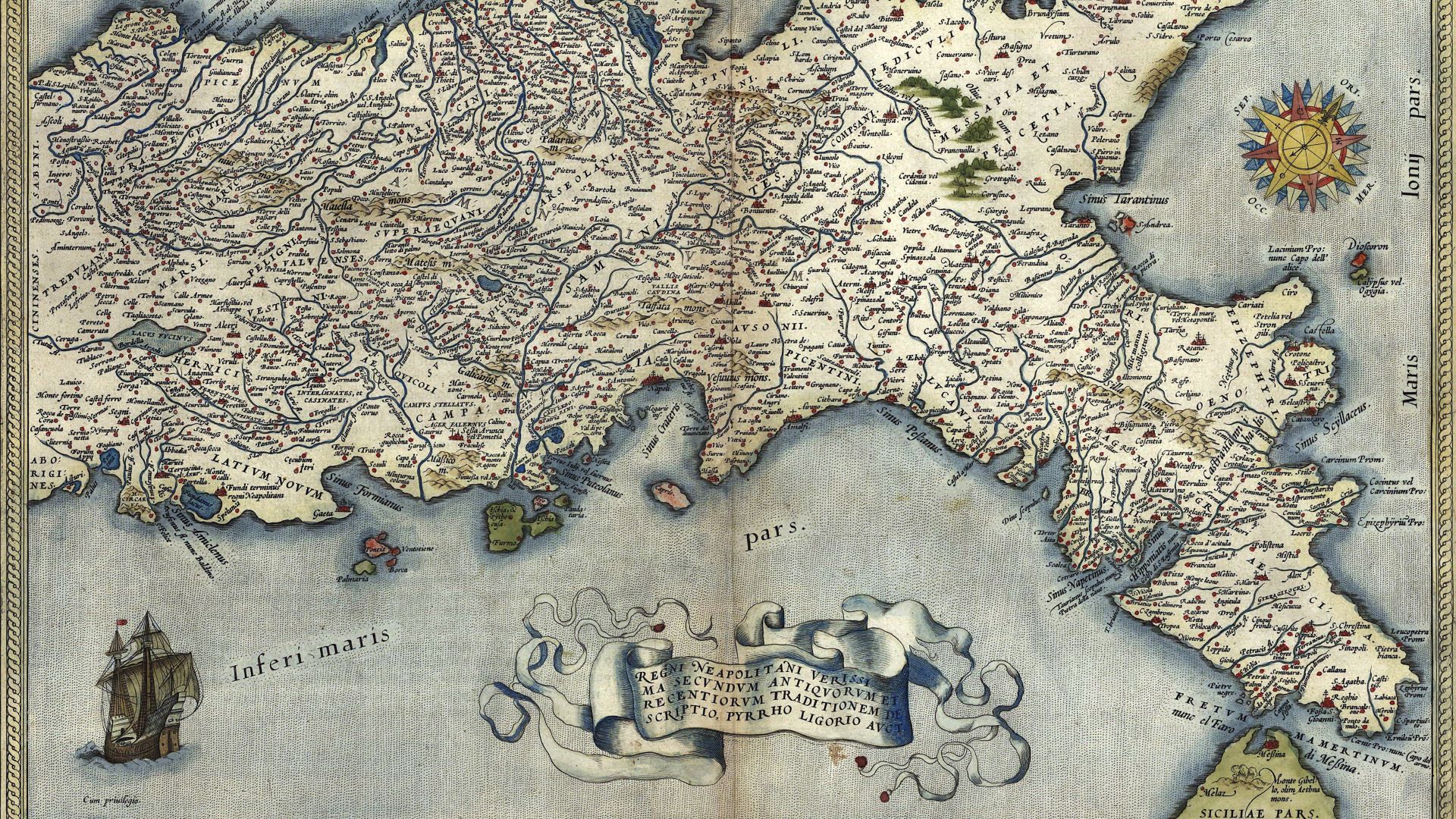
RE
Looking out not in | RE by issue


The thing that strikes me most about history is the way that it mythologises events and people. It tends to tidy away the messiness of mistakes and whims, and the actions prompted by pettiness or partiality, to create a narrative more coherent than the lives most of us experience. History tries to make sense of a world that so often seems to make no sense at all.
Fashions in historiography change, and there was (and is) a long tradition of focusing on the ‘great man’—and it was almost always a man, despite Boccaccio’s pioneering Lives of Notable Women in the 14th century—celebrating someone who shaped events and consciously directed the course of history. In modern times there has been a reaction against this, arguing that the individual is almost irrelevant; instead, we are instructed to look at impersonal forces that make the course of history inevitable despite anything an individual can do. (These competing schools of history might be most enjoyably understood in Les Misérables and War and Peace, where Victor Hugo memorably celebrates the controlling genius of Napoleon in his account of Waterloo, whereas Tolstoy argues fiercely that neither Napoleon nor his opponents had any agency at all, as events inevitably swept the French from Russia.)
For me, from the earliest time I can remember reading history, and it was very early, the attraction was not so much reading about people as places. Although I was perfectly happy growing up in Louisiana, at the same time I also knew that I would eventually live somewhere else, and I devoured books about medieval history, marking on a map the places where I would make pilgrimages as soon as I could. I still view travel as a pilgrimage; and the places I find most profound are the great funeral complexes filled with monuments to the now forgotten notables of the past. My favourites are in Naples. I go as a pilgrim might to the enormous barn-like 13th and 14th-century churches of Santa Chiara, San Lorenzo Maggiore, San Domenico Maggiore and Santa Maria Donnaregina, stuffed with paintings, tombs and effigies of the Angevin rulers of Naples who rebuilt the city, then faded away and left it as a remote province of Spain crumbling around the relics of its brilliant past.
This of course is history’s most important lesson: the extent to which everything can, and will, change, and there are particular places that demonstrate this forcefully. Trujillo is a small town in Extremadura, one of the poorest regions in Spain, from which some of the most famous conquistadores came—and in the 16th century they used their loot from South America and Mexico to turn it into an artistic capital of imposing palaces, churches and monasteries. Within 100 years, Trujillo was again a forgotten small town in one of the poorest regions in Spain; and so it remains, on an isolated hilltop in a dusty plain, its enormous plaza surrounded by empty palaces. There is extraordinary beauty there, but standing before the colossal equestrian statue of Francisco Pizarro in the Plaza Mayor, I was reminded most of Shelley’s Ozymandias.
It is this romantic view of history that I think makes me not a proper historian. When I read the treatises celebrating and justifying the actions of kings and queens, and the chronicles and documents elaborating how their plans so often came to nothing, I think not of their individual motivations and the forces of history which drove these events, but instead of all their once mighty works, now slipping silently beneath the lone and level sands.
© Norton Rose Fulbright LLP 2025